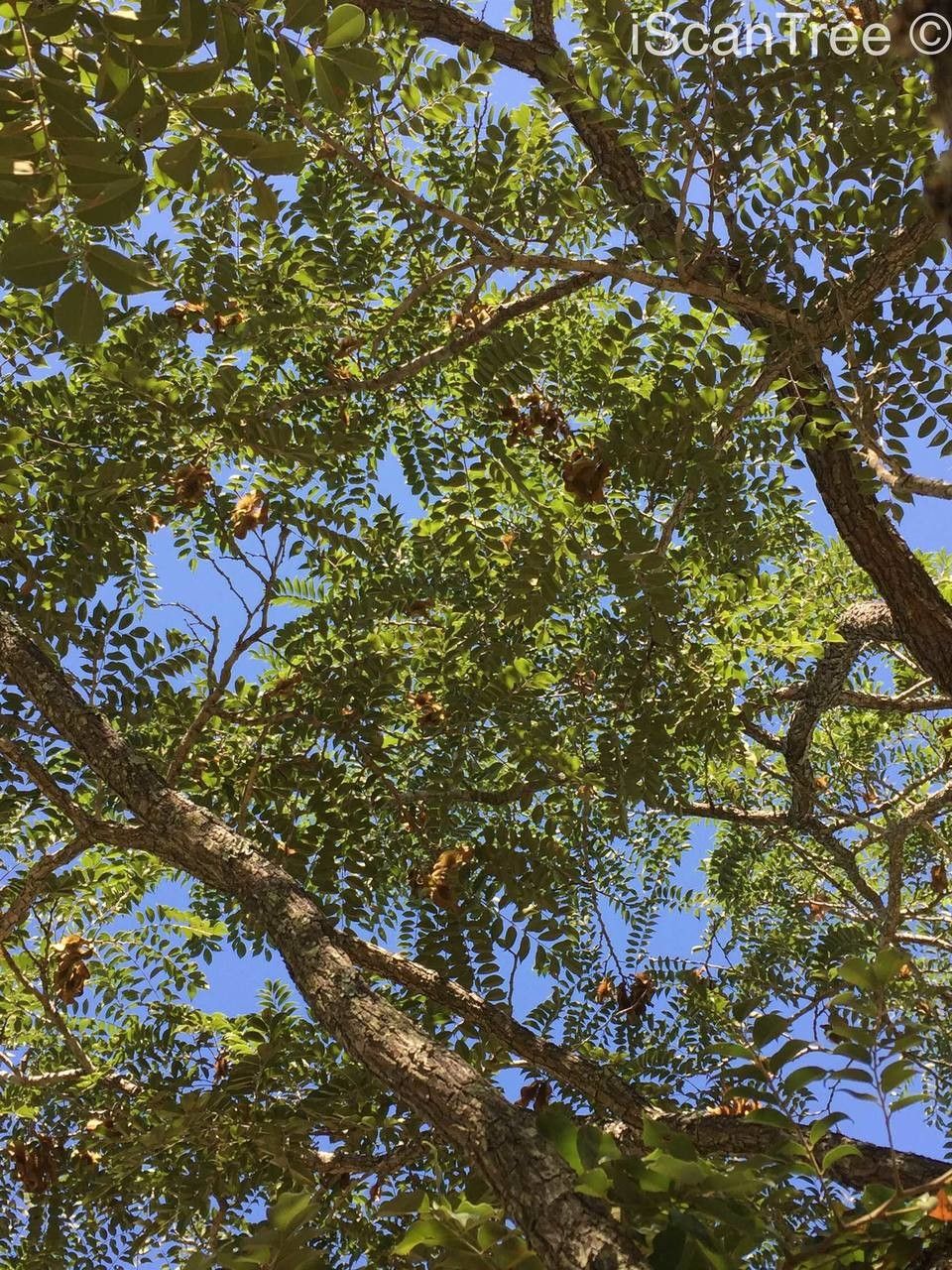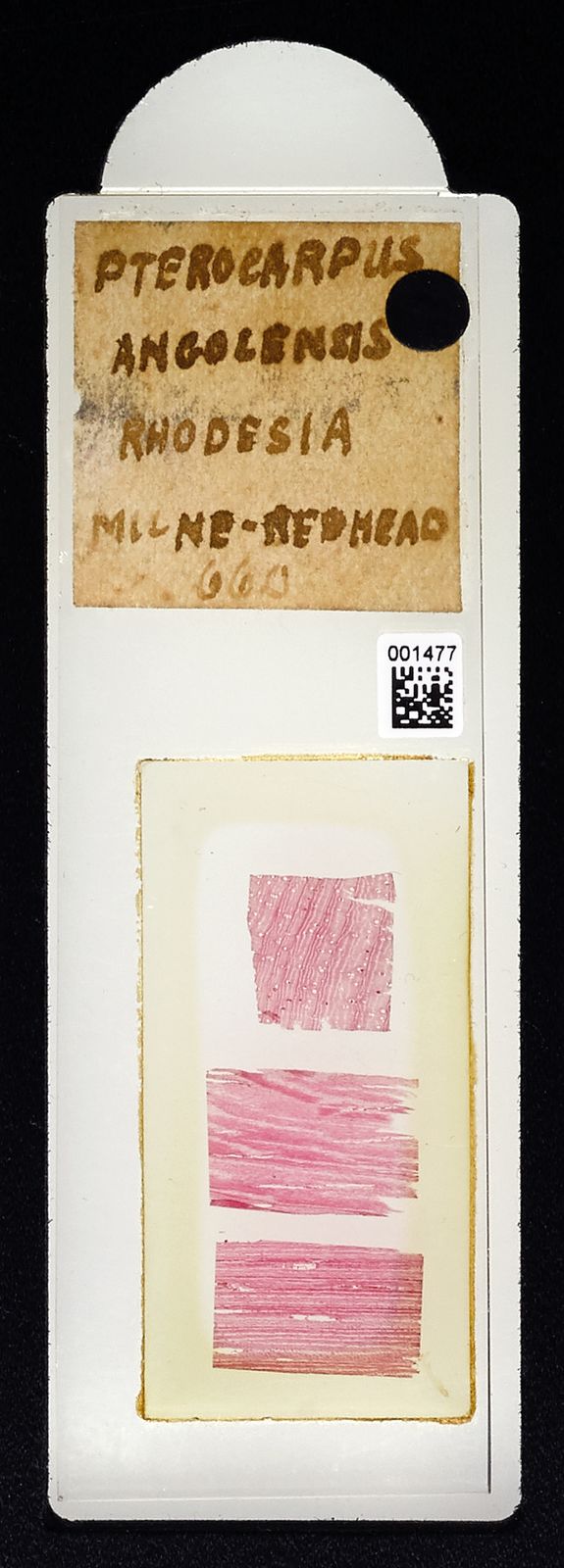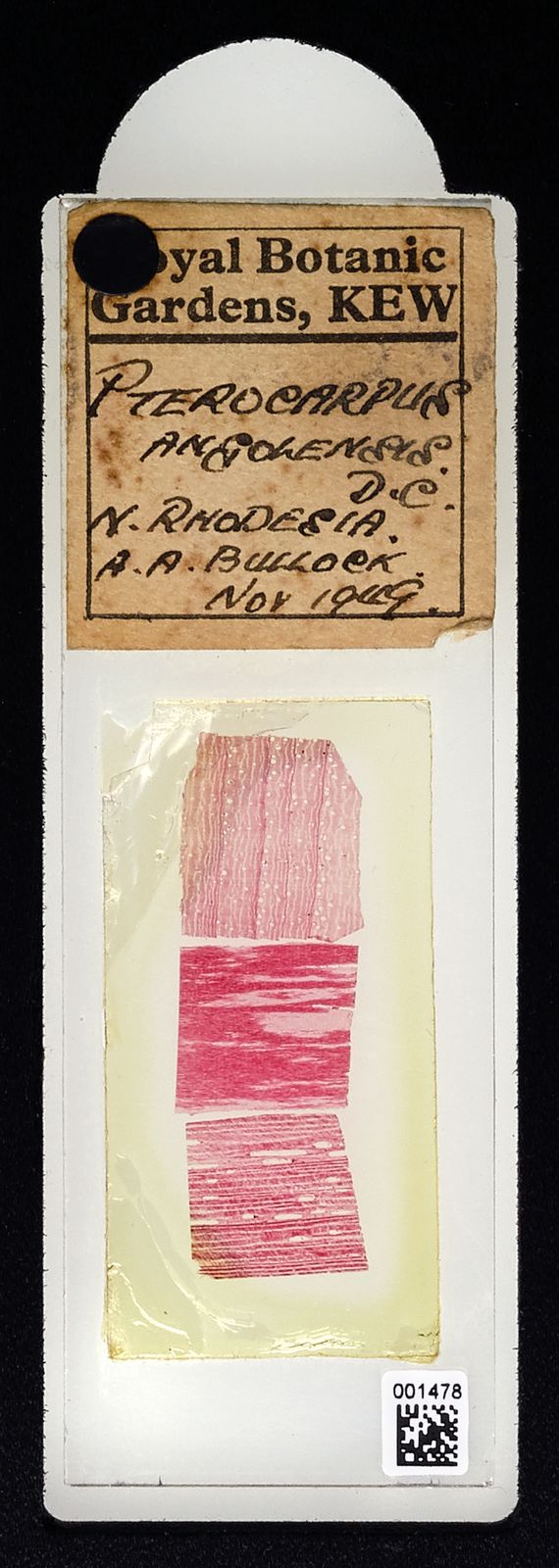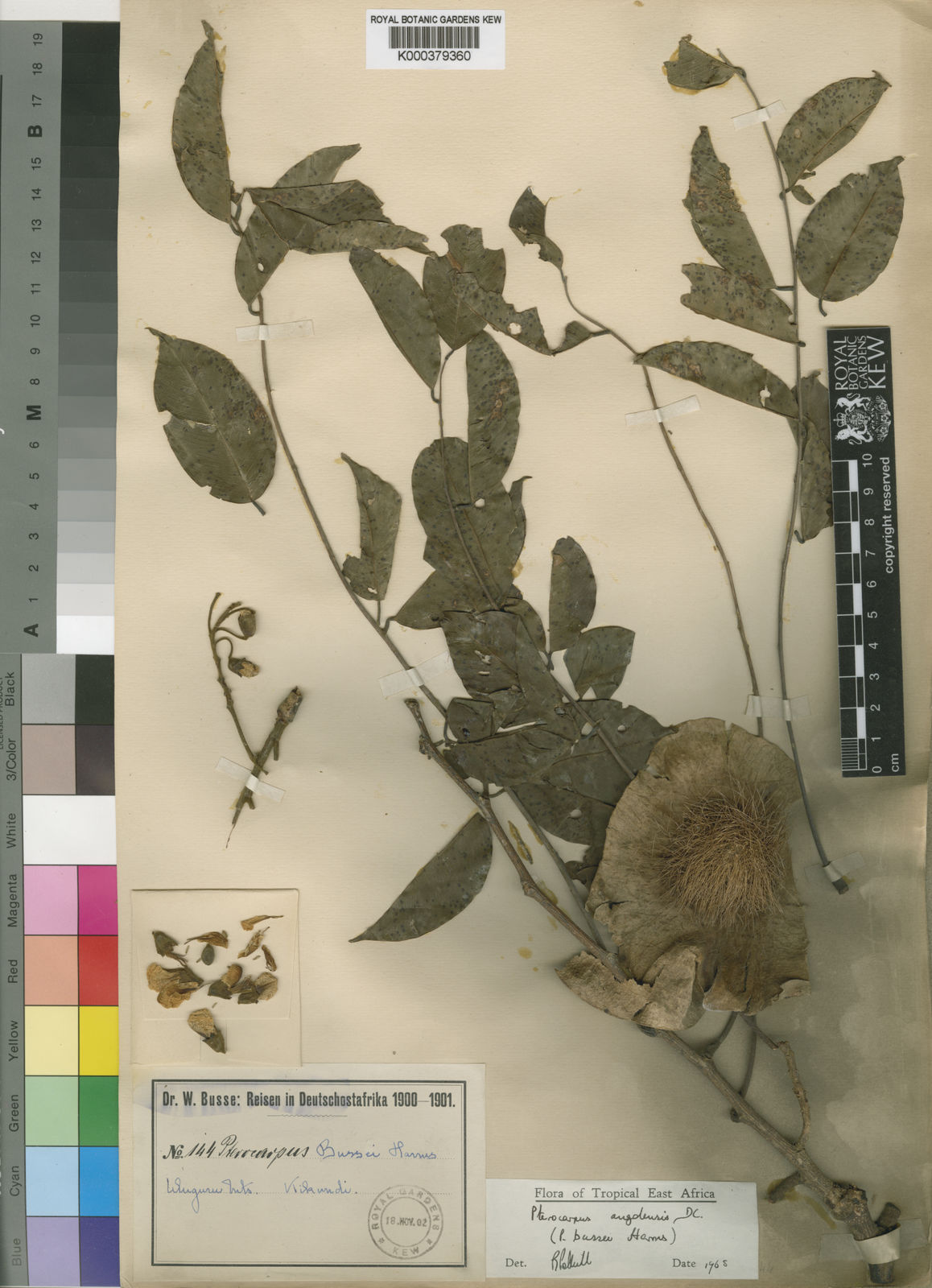Angolan Pterocarpus
pterocarpus angolensis
Also known as: ["Angolan Pterocarpus","Kiaat"]
Overview
A large deciduous tree native to Southern Africa, known for its valuable timber and ornamental value.
Benefits & Perks
["aesthetic foliage","wildlife attractant (bees, butterflies, birds)","drought tolerant"]
Botanical Classification
| Phylum: | Magnoliophyta |
| Class: | Magnoliopsida |
| Order: | Fabales |
| Family: | Fabaceae |
| Genus: | Pterocarpus |
| Botanical Name: | Pterocarpus angolensis |
Plant Characteristics
Basic Information
- Category: Trees
- Suitable Location: outdoor garden in warm, sunny area
- Suitable For:
- Is Weed: No
- Allergenicity: low
Environmental Needs
- Climate: {"temperatureRange":"15–35°C"}
- Hardiness: {"zones":"9–11"}
- Misting: rarely required, only if ambient humidity is very low
- Drainage: Fast-draining to prevent waterlogging.
- Soil Type: Well-draining, loamy soil with added organic matter.
Maintenance Level
- Maintenance Level: moderate
- Toughness Level: high
- Pruning Frequency: Annually or as needed to remove dead/diseased branches.
- Pruning Intensity: Moderate pruning to shape and thin out crowded areas.
Care Details
Ideal Sunlight Coverage:
Full sun to partial shade (4–6 hours of direct sunlight daily). Tolerates some shade but thrives with ample light.
Sunlight Tolerance Tips:
Acclimate gradually to intense sunlight to avoid scorching. Place in a location with morning sun and afternoon shade if in a very hot climate. Indoors, place near a south-facing window.
Care Requirements
Care Difficulty
moderatemoderate
Sunlight
full sun to partial shade
Rotate plant weekly for even growth; use sheer curtains to filter intense light; avoid direct afternoon sun in summer.
Watering
every 7–10 days during growing season, reduce in winter
Water thoroughly until runoff, allow soil to dry partially between waterings, and avoid waterlogging.
Soil
well-draining, loamy soil with moderate organic content
pH: Slightly acidic to neutral (pH 6.0–7.0).
Ensure good drainage; avoid compacted soil; enrich with organic matter annually.
Temperature
Prefers warm temperatures (65–85°F / 18–29°C). Can tolerate mild frosts but thrives in tropical to subtropical conditions.
Protect from frost; provide shade in extreme heat; maintain consistent temperatures for best growth.
Fertilizing
every 4–6 weeks during active growth with balanced fertilizer
Dilute liquid fertilizer to half strength; avoid fertilizing dry soil; flush soil occasionally to prevent salt buildup.
Propagation
Methods
Stem cuttings or seeds. Stem cuttings are more common for home growers.
Step-by-Step Propagation Guide
- Take a 4–6 inch cutting.
- Remove lower leaves.
- Apply rooting hormone.
- Plant in medium.
- Maintain humidity.
- Keep warm and bright.
Best Time: Spring or early summer when the plant is actively growing.
Environment
Warm (75–85°F / 24–29°C), high humidity (70–80%), and bright indirect light.
Medium
Well-draining mix of perlite, sand, and peat moss.
Hormone
Rooting hormone is recommended to improve success rates.
Timeline
Roots may develop in 4–8 weeks; establishment can take several months.
Tools Needed
Pruning shears, rooting hormone, propagation tray, plastic wrap or dome, heat mat.
Quick Tips
Use healthy, non-flowering stems; maintain consistent moisture; provide bottom heat for faster rooting.
Pruning & Repotting
Pruning Guide
Method
Selective pruning of branches to improve air circulation and light penetration.
Pruning Plan
Prune to maintain shape, remove dead/diseased wood, and encourage bushier growth. Focus on structural improvement and health.
Tools
Pruning shears, loppers, gloves, disinfectant.
Checklist
Disinfect tools; prune during dormancy; remove dead/diseased wood; shape as desired; clean up debris.
Repotting Guide
Best Season
Spring, before the active growing season begins.
Pot Size
Increase pot size by 2–3 inches in diameter.
Method
Remove plant gently; trim roots if necessary; place in a new pot with fresh soil; water thoroughly after repotting.
Suggestions
Repot every 2–3 years or when roots fill the pot. Necessary to refresh soil and provide space for growth.
Checklist
Choose appropriate pot; prepare new soil mix; trim roots if needed; water after repotting; place in shade for a few days.
Advanced Care Tips
Watering Mastery
Watering Checklist
Check soil moisture before watering; water deeply; ensure drainage; adjust seasonally.
How to Apply Water Properly
Water directly at the root zone, ensuring even saturation to a depth of 6–8 inches. Ensure excess water drains away to prevent root rot. Water in the morning to minimize evaporation.
Watering Schedule Tips
Water deeply once every 7–10 days during the growing season (spring/summer), reducing frequency to every 3–4 weeks in winter. Adjust based on rainfall and soil dryness.
Soil Improvement
Add perlite or coarse sand for drainage; incorporate compost for fertility; use mulch to retain moisture.
Temperature Stress Management
Signs of Temperature Issues
Chlorosis, leaf drop, stunted growth, or wilting during extreme heat or cold.
Cold Stress
Low temperatures slow growth and may cause leaf drop or dieback. Prolonged cold can damage roots and lead to fungal infections.
Solution: Move to a sheltered location or indoors during frost; use frost cloth for protection; ensure good drainage to prevent root rot.
Hot Stress
Excessive heat can cause leaf scorch, wilting, and reduced vigor. High humidity combined with heat may promote fungal diseases.
Solution: Provide shade during peak heat; increase watering frequency; use mulch to retain soil moisture; ensure good air circulation.
Fertilizing Guide
Fertilizing Checklist
Use balanced fertilizer; apply during growing season; avoid over-fertilization; water before and after fertilizing.
Fertilizing Method
Use a balanced, slow-release fertilizer (10-10-10) every 4–6 weeks during the growing season. Reduce or stop fertilizing in winter.
Common Problems & Solutions
Toxicity Warning
Cats
ToxicPterocarpus angolensis is toxic to cats, particularly the seeds and roots, which contain substances that can cause severe gastrointestinal irritation and systemic effects. Cats are sensitive to such compounds, and ingestion can lead to serious health issues.
⚠️ Symptoms:
🌿 Toxic Parts:
⚡ Toxic If:
if ingested
Dogs
ToxicThe seeds and roots of Pterocarpus angolensis are toxic to dogs, containing compounds that can cause significant gastrointestinal upset and potential systemic toxicity. These parts can lead to severe discomfort and require veterinary attention if ingested.
⚠️ Symptoms:
🌿 Toxic Parts:
⚡ Toxic If:
if ingested
Humans
Slightly ToxicPterocarpus angolensis contains compounds that can cause mild gastrointestinal distress and allergic reactions in humans. The seeds and roots are the most toxic parts, containing alkaloids and other bioactive substances that may interfere with digestive processes and cause irritation.
⚠️ Symptoms:
🌿 Toxic Parts:
⚡ Toxic If:
if ingested
Frequently Asked Questions
Q: Is Pterocarpus angolensis suitable for indoor cultivation?
A: No, it is a large tree and is best suited for outdoor landscapes.
Q: What are the uses of Pterocarpus angolensis?
A: It is primarily valued for its timber, which is used in furniture and construction, and also for its ornamental value.
Q: Is Pterocarpus angolensis drought-tolerant?
A: Yes, it is known for its ability to withstand periods of drought.
Quick Reference
| Family: | Fabaceae |
| Care: | moderate |
| Light: | full sun to partial shade |
| Water: | every 7–10 days during growi |
Get Expert Care Tips
Download the Plantious app for personalized care reminders and plant identification!
Google Play App Store








